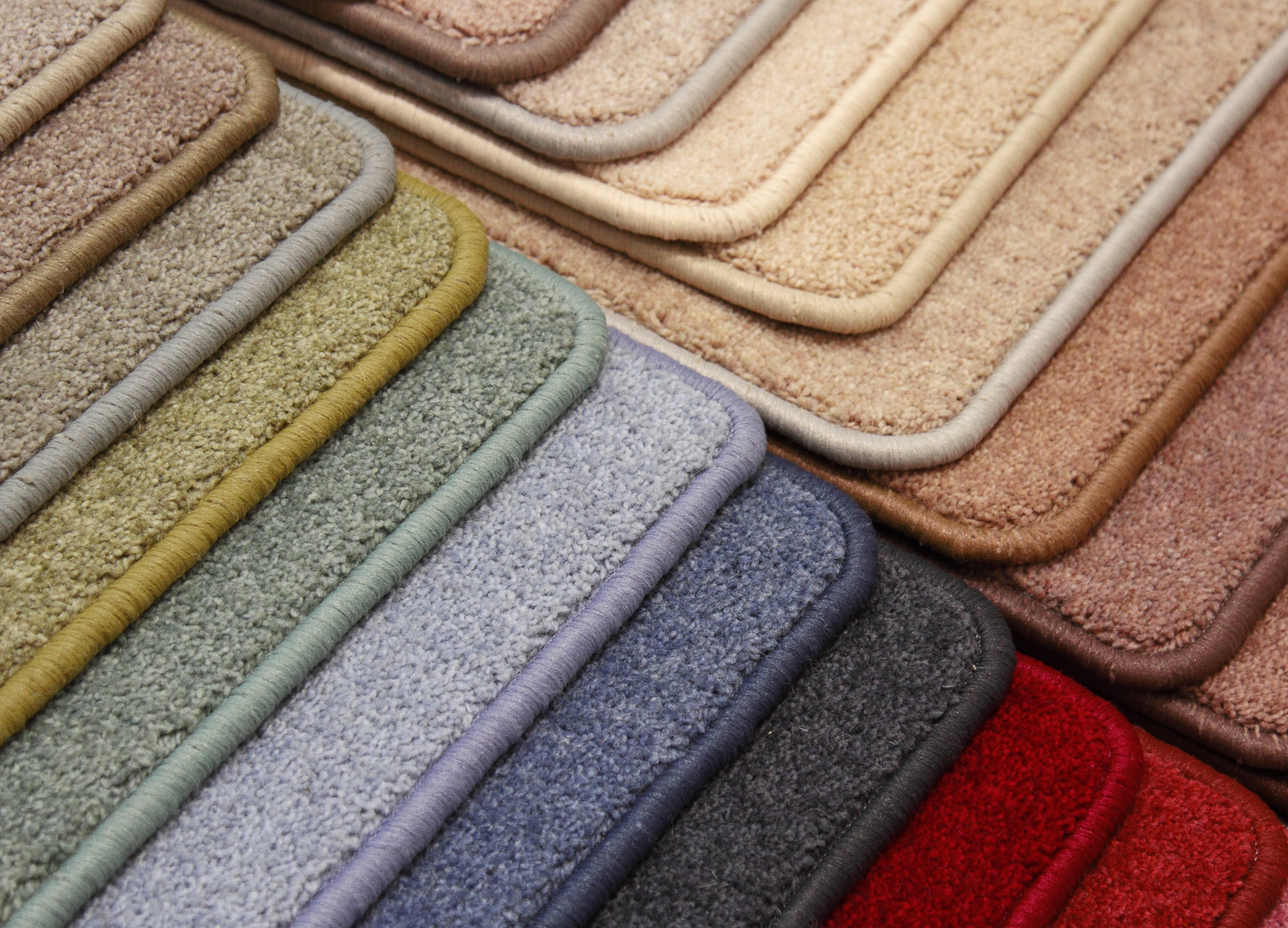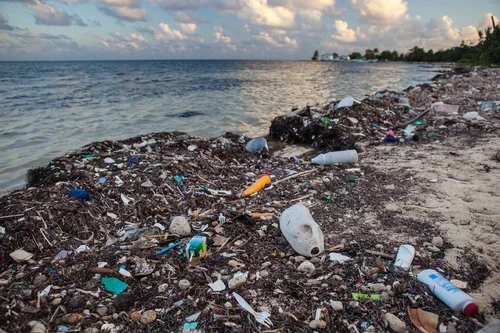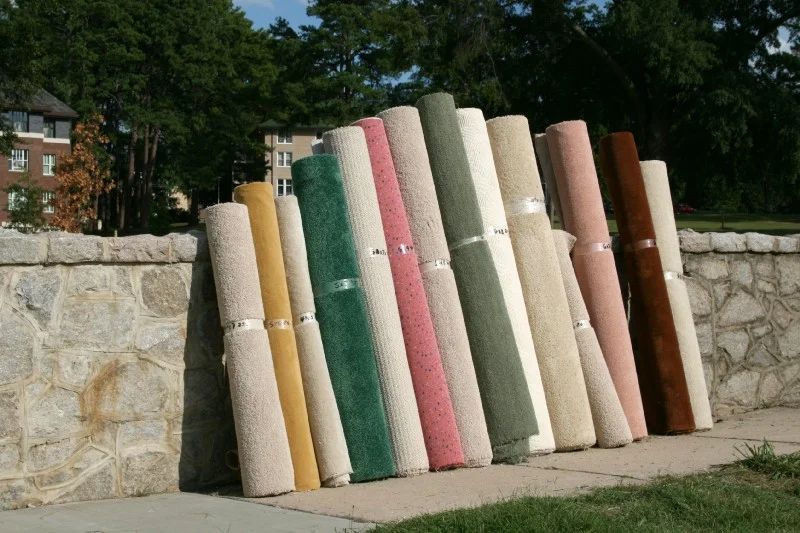CARPET RECYCLING
The U.S. carpet industry lags in actions to make discarded carpets recyclable and commitments to ensure that they are collected and recycled.
As companies incorporate circular economy framing into their sustainability programs, it is important to ensure that products are designed to be recycled, that programs are operating to ensure that recycling actually occurs, and that carpet manufacturers are shouldering their fair share of responsibility to make it happen.
Most carpeting is made from plastic fibers such as nylon, polypropylene or polyester. The industry produces about 12 billion square feet of carpet and rugs per year. A whopping 91 percent is discarded in landfills, 4 percent is incinerated and only about 5 percent is recycled. Of that 5 percent, only about one-fifth is recycled in a closed loop as envisioned by circular economy principles and turned back into carpet. Most of the recycling consists of downcycling into less valuable products. The bottom line is that only about 1 percent of carpet discards are recycled back into carpet each year.
We are initiating shareholder engagement with three top carpet manufacturers – Mohawk, Shaw, and Interface – to encourage them to develop plans to redesign carpet to make it more recyclable, to use higher levels of appropriate recycled materials, to develop national recycling goals, help develop end markets for discarded carpet, and take at least shared financial responsibility to implement these actions. Mohawk Industries is the world’s largest flooring manufacturer, including carpet, tile, and hardwood. Shaw Industries Group, Inc., a subsidiary of Berkshire Hathaway Inc. is the world’s largest carpet manufacturer. Interface, Inc., is the world’s largest manufacturer of modular carpet for commercial and residential applications. Interface Founder Ray Anderson made a commitment to eliminate any negative impact the company may have on the environment by the year 2020.
There are no national carpet recycling goals. Only one state, California, has a mandated program requiring collection and diversion or recycling of discarded carpet. Consumers pay a fee on each yard sold for a collection and recycling program operated by manufacturers, known as the Carpet America Recovery Effort (CARE). In April 2015, CalRecycle, the state recycling agency, said the program had failed to achieve “continuous and meaningful improvement” in rates of recycling and diversion of post-consumer carpet as required. The industry failed to meet a state goal of 16 percent carpet recycling by 2016. Instead, the rate fell from 12 percent to 10 percent in 2015, after which it grew slightly to 11 percent in 2016. CalRecycle rejected CARE’s program plans and proposed $3 million in fines.
Outside of California, a two-year voluntary product stewardship program launched in 2015 as a “bridge” until new products and markets could be developed for PET-based postconsumer carpet.
The industry needs to develop more robust plans to meet recycling goals in California by fixing or replacing the CARE program, commit to a national carpet recycling program with aggressive recycling goals and embark on serious efforts globally to redesign its product for recycling and a circular economy.
Resources
July 2017 Greenbiz article outlining As You Sow’s concerns with the state of carpet recycling
CalRecycle Carpet web page
2016 CARE Carpet industry program Annual Report









